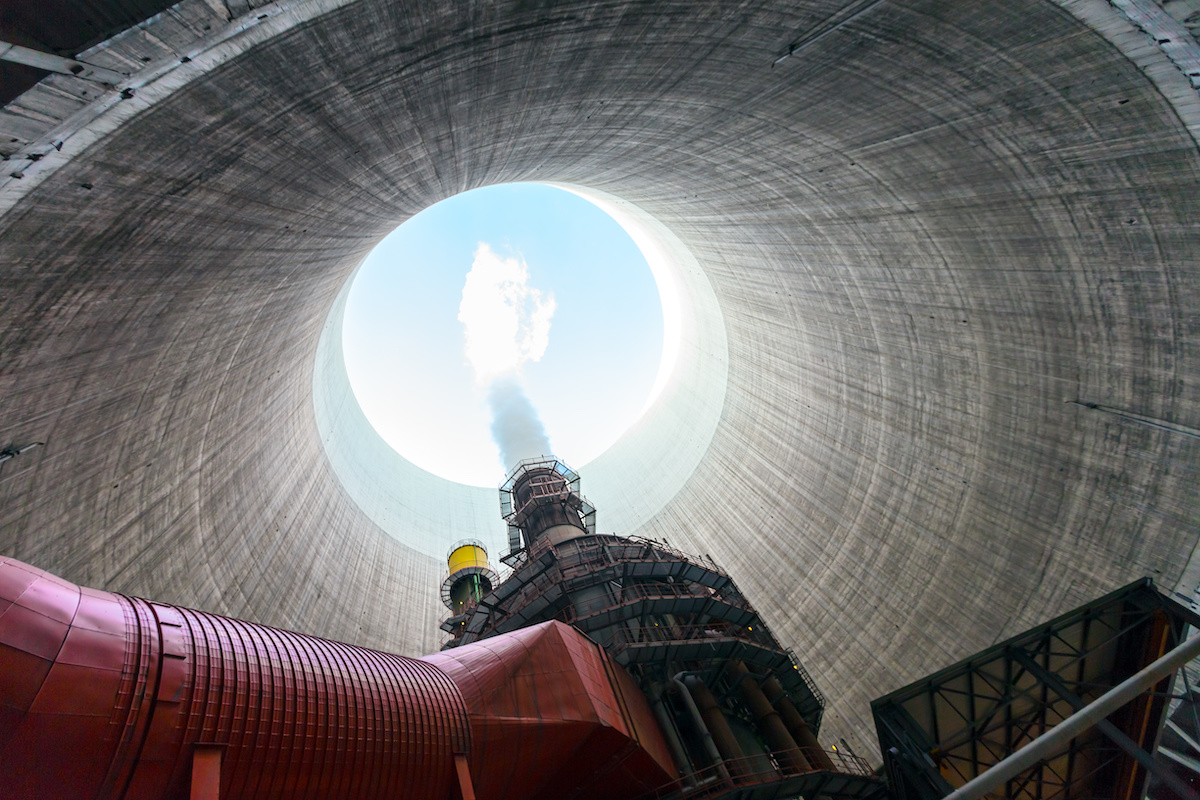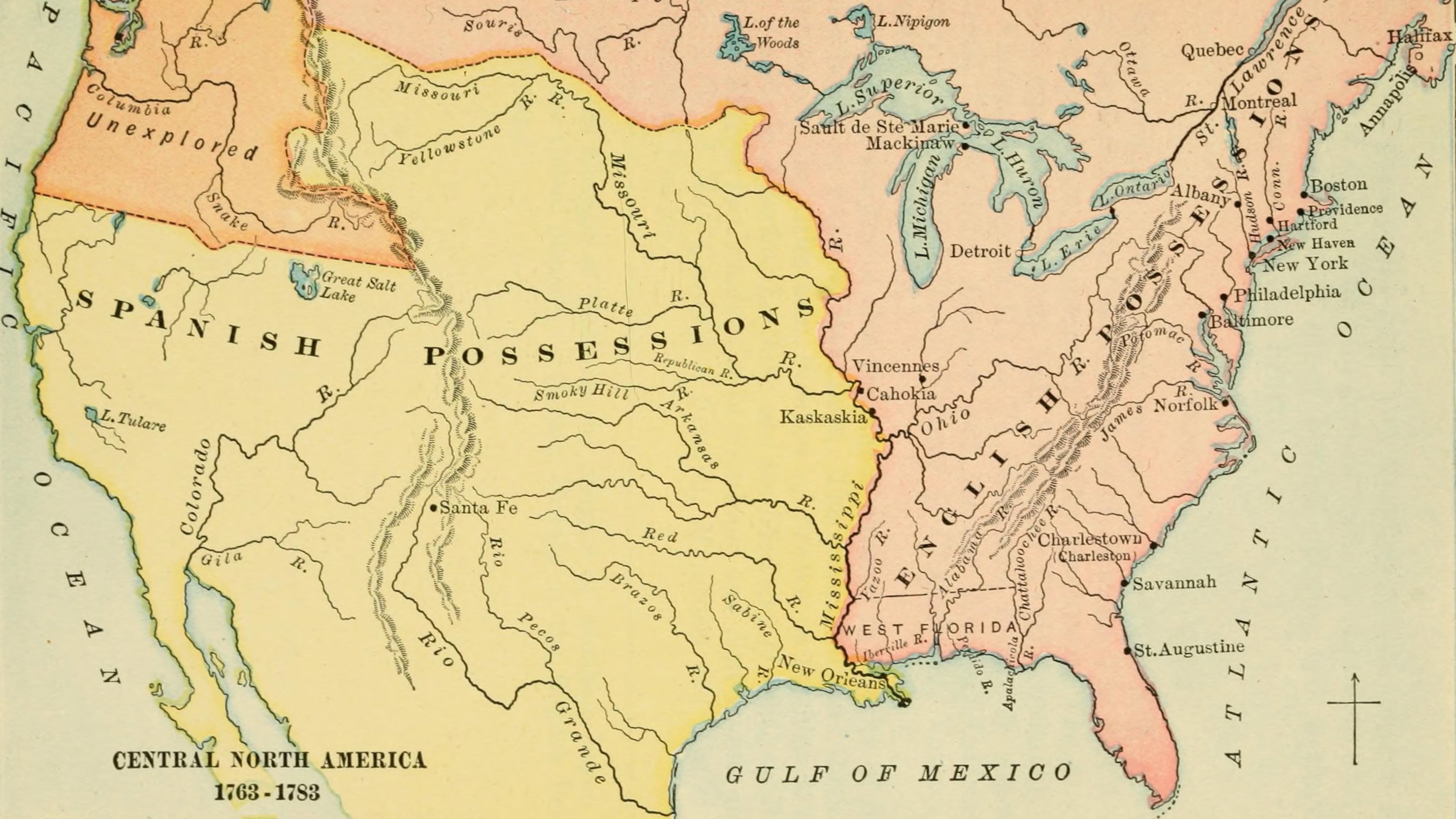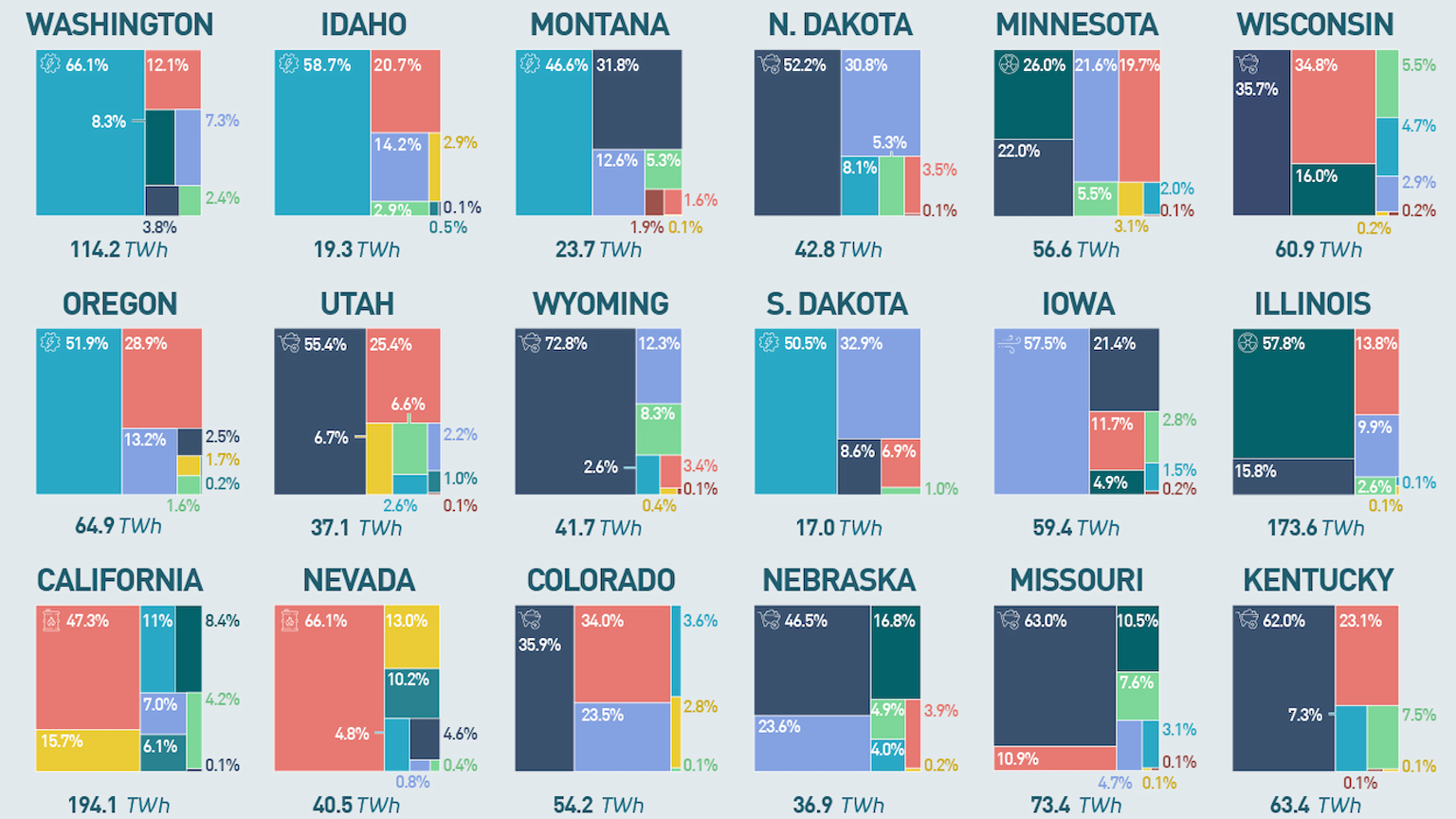How Europe will beat China on batteries

Credit: CIC energiGUNE
- China produces 80 percent of electric vehicle batteries.
- To achieve battery independence, Europe is ramping up production.
- And the U.S.? Action is needed, and quick.

This is a map of the future — the future of battery cell production in Europe. If and when all projects on this map are up and running, Europe will have a battery cell production capacity of around 700 gigawatt hours (GWh). That’s crucial for two reasons: (1) those battery cells will power the electric vehicles (EVs) that will soon replace our fossil-fuel cars; and (2) a production capacity of that magnitude would break China’s current near-monopoly.
Say what you will about state-run economies, but they’re great at concentrating effort on a particular target. About a decade ago, Beijing directed huge resources towards its photovoltaic industry. Today, nine of the world’s 10 largest solar panel manufacturers are at least partly Chinese. China is similarly resolved to become the global leader in EVs, including EV battery production.
And so far, it’s working. At present, about 80% of the world’s lithium-ion battery cells are made in China. Lithium-ion batteries are the ones used in EVs. In sufficient numbers, lithium-ion batteries can also be used for large-scale energy storage, which would help even out power supply fluctuations from sources like solar and wind.
China’s dominance in this area is making many outside China nervous. In previous decades, OPEC had a similar stranglehold on producing the oil that makes cars run and factories hum. Then the organization had a political point to make and turned off the tap. During the oil crisis of the 1970s, oil prices skyrocketed and economies crashed.
Battery wars
Avoiding a 21st-century version of that scenario requires a strategy for EV battery self-sufficiency, and Europe has one. In 2018, the EU launched its Battery Action Plan, a concerted effort to increase its battery production capacity. Realizing they couldn’t beat China on price, the Europeans resolved that their batteries would be greener and more efficient.
Easier said than done. Setting up battery production is complex, expensive, and slow. And as the EU’s woefully slow vaccine rollout demonstrates, the organization’s strength-in-numbers argument doesn’t always work in its favor. Indeed, by 2020, only four of the dots on this map were up and running:
- a facility by Envision AESC in Sunderland (UK – now ex EU)
- a Samsung factory in Göd (Hungary)
- an LG Energy Solution plant in Wroclaw (Poland)
- a factory by Leclanché in Willstätt (Germany)
But in this case, slow and steady may win the race. At least two dozen battery plants are in the works across Europe (i.e. EU and its near abroad), and four of those should come online in 2021 alone, including Tesla’s plant near Berlin. Tesla, incidentally, coined the term “gigafactory” for its facility in Sparks, Nevada. As the title of this map suggests, it’s becoming the generic description for any large battery cell production facility.

Despite the fact that Tesla’s Nevada plant is on its way to becoming the world’s largest building, battery production capacity is growing fastest in Europe. Predictions vary, but all observers agree that Europe is on the verge of a Great Leap Forward. Here’s why:
- Europe’s current production capacity is about 30 GWh.
- One forecast puts that figure at 300 GWh by 2029, another even at 400 GWh by 2025.
- Adding up the maximum capacity of all facilities on this map comes close to 700 GWh by 2028.
- In terms of global capacity, BloombergNEF predicts Europe’s share could increase from 7% now to 31% in 2030.
- According to Eurobat — disappointingly, not the Gauloises-smoking, Nietzsche-quoting counterpart to Batman — the value of the battery industry will increase from €15 ($18) billion in Europe and €75 ($90) billion worldwide in 2019 to €35 ($42) billion in Europe and €130 ($156) billion worldwide by 2030.
So, who will be Europe’s answer to CATL (short for Contemporary Amperex Technology Co. Ltd.), China’s main battery manufacturer? There are several pretenders to the crown. Here are some:
- Britishvolt, set to go online with Britain’s first and largest gigafactory in Northumberland (UK) in 2023, with a maximum capacity of 35 GWh per annum.
- Northvolt, led by former Tesla execs, supported by the Swedish government and the European Investment Bank. Also funded by Volkswagen and Goldman Sachs. Aims to be green and big. One plant coming online in Sweden this year, another in Germany in 2024. Combined maximum capacity is 64 GWh.
- Tesla. Not content with its one gigafactory (40 GWh) opening this year, the company has already announced that it will build a second plant in Europe.
That second plant is not yet on the map. Also missing are the half dozen gigafactories that Volkswagen aims to open in the coming years. If Europe is to become self-sufficient in EV batteries, even more will be needed.
Europe’s path to battery supremacy
In 2020, 1.3 million EVs were sold in Europe, edging past China to become the world’s largest EV market. In 2021, Europe looks set to maintain that lead. By 2025 at the latest, EVs will have achieved price parity with fossil-fuel vehicles, not just in terms of total cost of operation but also in upfront cost.
Add to that the increasingly hostile environment — namely, higher taxes and stricter regulations — to fossil-fuel cars in Europe, and the pace of electrification will increase dramatically by mid-decade. Going by EU requirements for CO2 emissions alone, the EV share of the total vehicle market would need to be between 60% and 70% pretty soon.
While that may seem an impossibly high target today, things could start looking different very soon. Volkswagen aims to have full-electric cars make up more than 70 percent of its European sales by 2030. Volvo and Ford even aim to present entirely electric lineups by 2030 at the latest. And that year is also when the UK government intends to ban the sale of new fossil-fuel cars.
All of which could translate into base demand for EV batteries in Europe as high as 1,200 GWh by 2040. Even with all planned factories on the map running at maximum capacity, that still leaves a production capacity gap of about 40%.
To avoid batteries becoming a bottleneck for electrification, the EU likely will pour even more money into the industry via the European Green Deal and Europe’s post-COVID recovery plan. Battery production is not just strategically sound; it also boosts employment.
A study by Fraunhofer ISI says for each GWh added in battery production capacity, count on 40 jobs added directly and 200 in upstream industries. The study forecasts battery manufacturing could generate up to 155,000 jobs across Europe by 2033 (although it doesn’t mention how many would be lost due to reduced production of fossil-fuel cars).
Coming to America
And how fares America? Electrification is coming to the U.S. as well. By one estimate, EVs will have a market penetration of about 15% by 2025. Deloitte predicts EVs will take up 27% of new car sales in the US by 2030. The Biden administration is keen to make up for past inaction in terms of switching to post-fossil energy. But it has its work cut out.
Apart from Tesla’s Gigafactory, the U.S. has only two other battery production facilities. If current trends continue, there would be just ten by 2030. At that time, China will have 140 battery factories and Europe, according to this map, close to 30. If U.S. production can’t keep up with demand, electrification will suffer from the dreaded battery bottleneck. Unless America is content to import its batteries from Europe or China.
This map was produced by CIC energiGUNE, a research center for electrochemical and thermal energy storage, set up by the government of the Basque Country. Image found here on their Twitter.
Strange Maps #1080
Got a strange map? Let me know at [email protected].
Follow Strange Maps on Twitter and Facebook.





